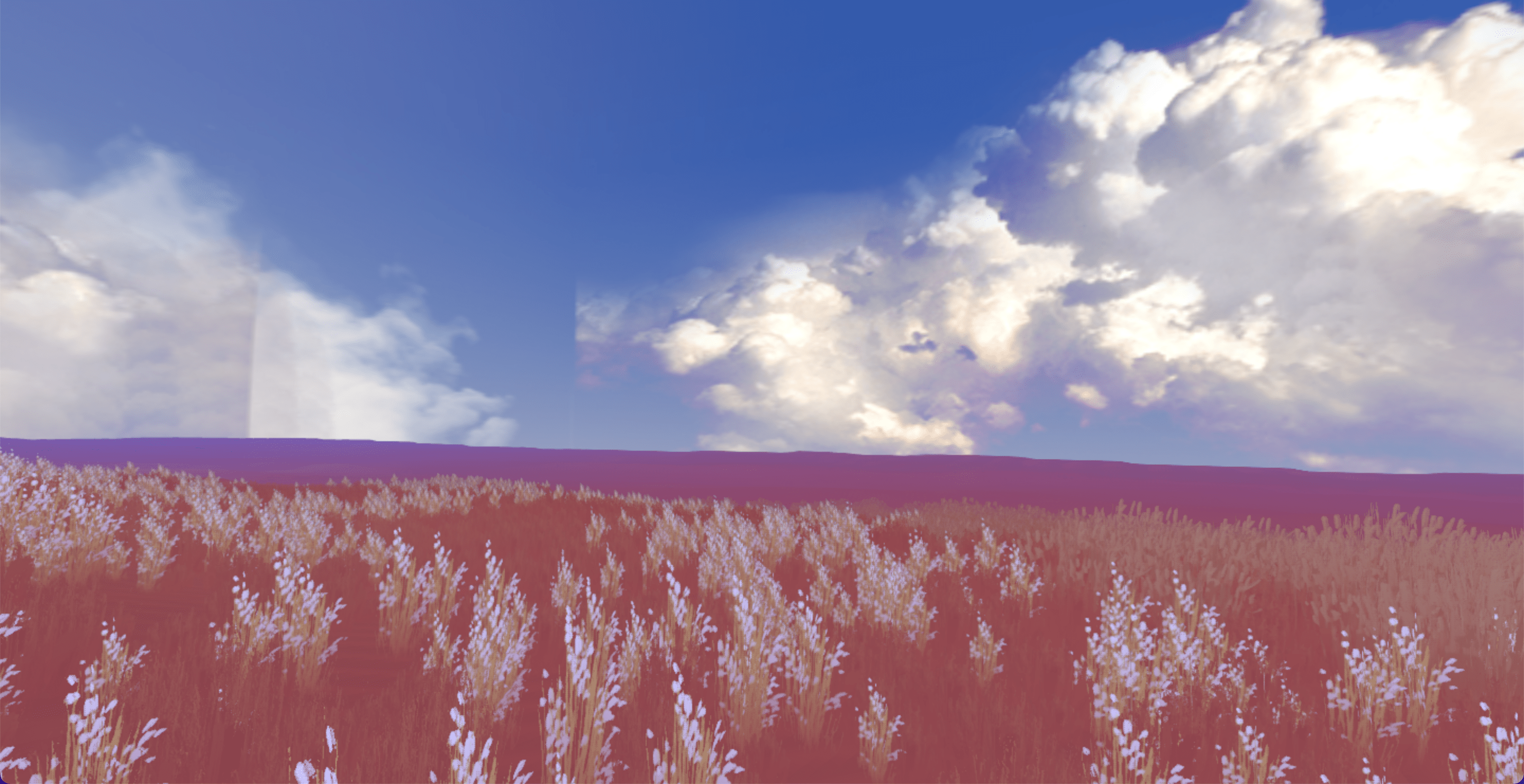Places is a walking simulator game created in 2013 by jlv. It is playable online through a web browser, as well as through Linux and Windows. Due to its simple mechanics and themes, my assumption is that this game was designed to reach a broad age audience of users interested in escapism through environmental scenery. This game describes itself as small and atmospheric 3D paintings. It consists of a set of outdoor, environmental scenes for users to traverse through and explore. It has been updated over the years, incorporating new environments on a yearly basis until 2019. Without characters, dialogue, or interaction beyond moving through space, I argue that walking tells a story in Place through the use of emergent narrative.
I entered my gameplay experience with little context surrounding what this game was about or the creator’s intentions. As I entered the first environment, I found myself attempting to explore every corner of the map in an attempt to find any interactive elements that may clue me into the “story” of this game. However, as time went on, I soon realized that there were no interactive elements in the way that it is traditionally thought of within games. There were no characters that I could talk to, no items for me to collect, no challenges I had overcome, no end state. It was just me, the environment, and the WASD keys for me to walk around with. Letting go of my traditional forms of narrative in gaming, I allowed myself to fully immerse myself in the scene and appreciate it for what it was, a 3D painting. I took in the atmospheric visuals, looking at the beautifully made nature. I listened to ambient noise and the sounds as I walked through the water, adding a multisensorial dynamic aspect to my exploration. I entered a meditative state as I used the calmness of this scene to take me away from the hecticness of the world around me. The story of the game became my experience as a player, and thus an emergent narrative was formed.
In places, one walks not only across one scene but through different scenes. As previously mentioned, this game consisted of multiple environments. While each environment depicted an outdoor, forest-like environment, they consisted of different formats, color schemes, and weather conditions. These visual cues, in turn, shaped the emergent narrative forming in my head as I walked through the theme. For example, one scene broke from the norms of real-world forests by incorporating a brighter color palette, consisting of colors beyond dark green. As a result, it felt like I was in an other-worldly environment as opposed to one grounded in real life.

Another example was a world described as post-apocalyptic by the creator. In this environment, I found myself looking for remnants that would help convey this post-apocalyptic theme, in a way making me feel as though I was someone who lived in this world trying to make sense of this new life I am living. As a result, the thematic contrast between different scenes in this game contributed to the story that emerged for me as a player.
Although there were benefits to the very open-ended nature of this game in allowing me to generate my own narrative as a player, it would have been nice to have some more clues to the author’s intentions behind each scene. For example, only one of the worlds I tried had a descriptor (post-apocalyptic). It would have been nice to have better descriptors for each of the other worlds to help ground my exploration.


